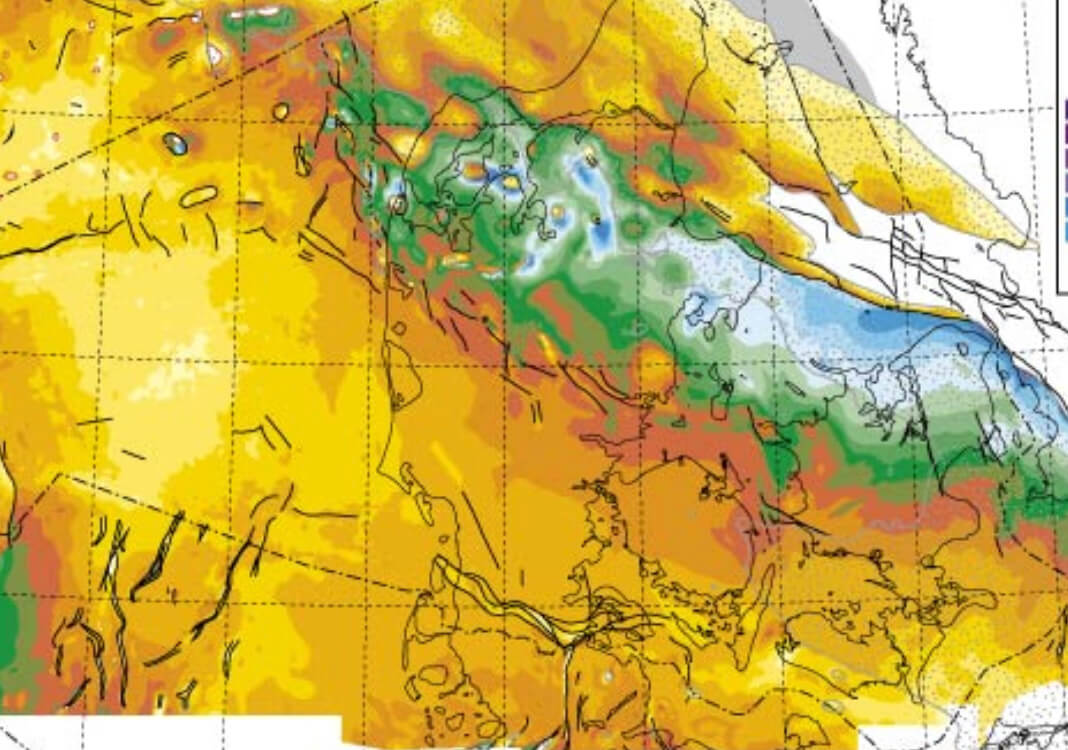
How to Cite
Share
Abstract
The Upper Cretaceous – Danian chalk may be considered to be the economically most important rock type in Denmark. Onshore it constitutes an important groundwater aquifer and it is also quarried for e.g. building materials and paper production. Offshore the chalk reservoirs contain more than 80% of the oil and gas produced in Denmark (Fig. 1). During the last few years efforts have therefore been made to map this important succession in the Danish and adjoining areas (Vejbæk et al. 2003). The stratigraphic interval mapped comprises the Chalk Group of Cenomanian to Danian ages and its stratigraphically equivalent units (Fig. 2). The north-eastern limit of the Chalk Group is determined by Neogene erosion. The limits of the map to the west and south were mainly determined by the amount of available data.
How to Cite
Share
Copyright (c) 2007 Ole V Vejbæk, Torben Bidstrup, Peter Britze, Mikael Erlström, Erik S Rasmussen, Ulf Sivhed

This work is licensed under a Creative Commons Attribution 4.0 International License.
Supplementary Files
Downloads
Edited by Martin Sønderholm and A.K. Higgins
The Review of Survey activities presents a selection of 17 papers reflecting the wide spectrum of activities of the Geological Survey of Denmark and Greenland, from the microscopic to the plate-tectonic level.
Activities in Denmark: The Survey's field of activities in Denmark is illustrated by three papers on [...]









